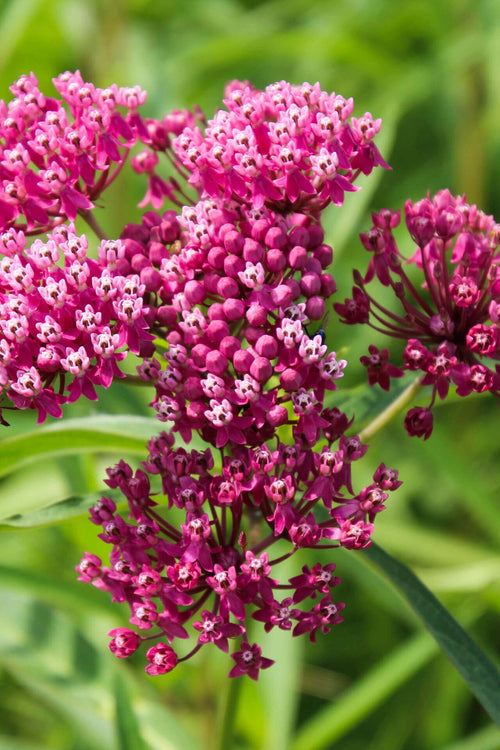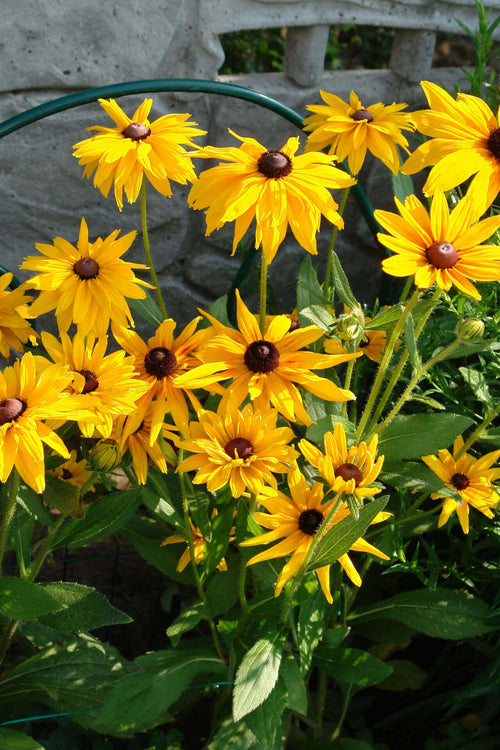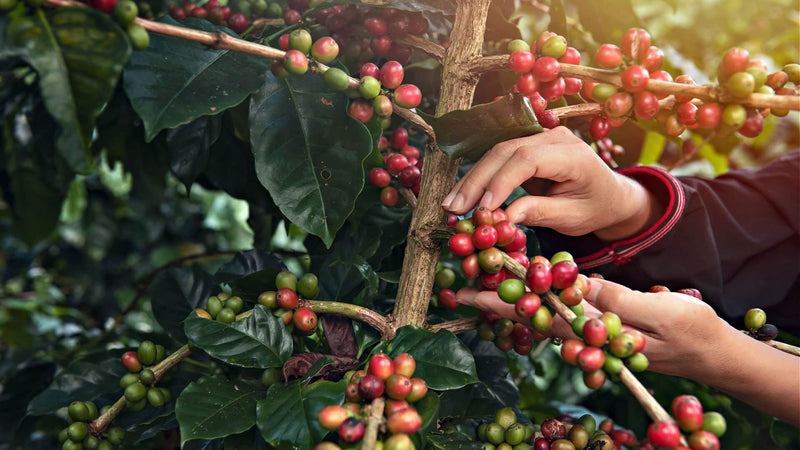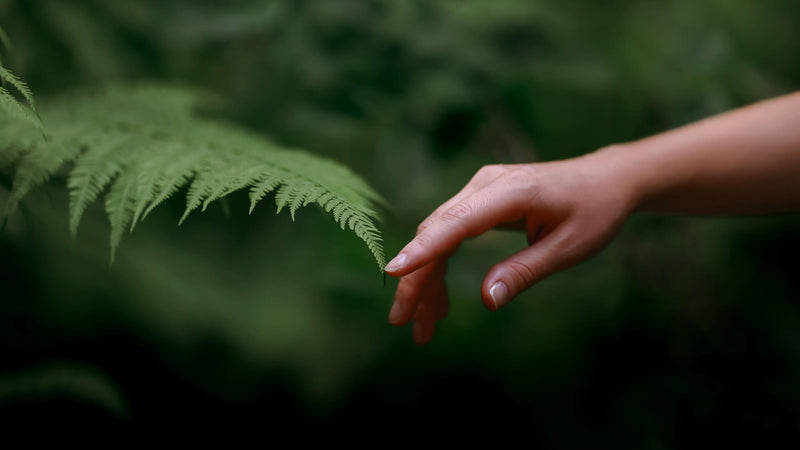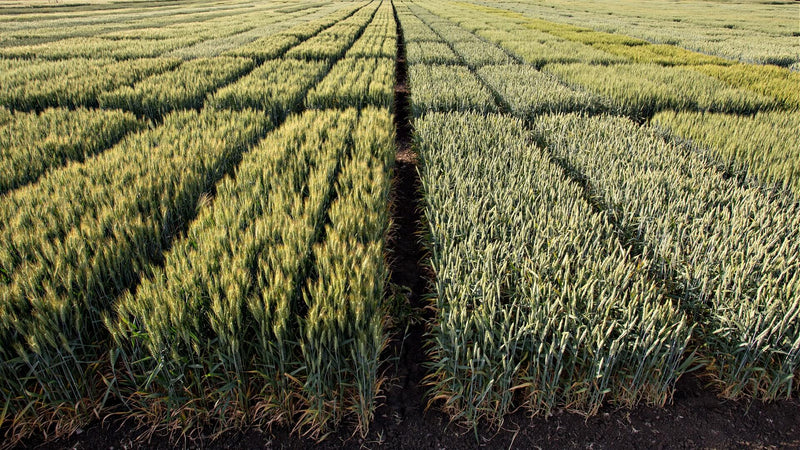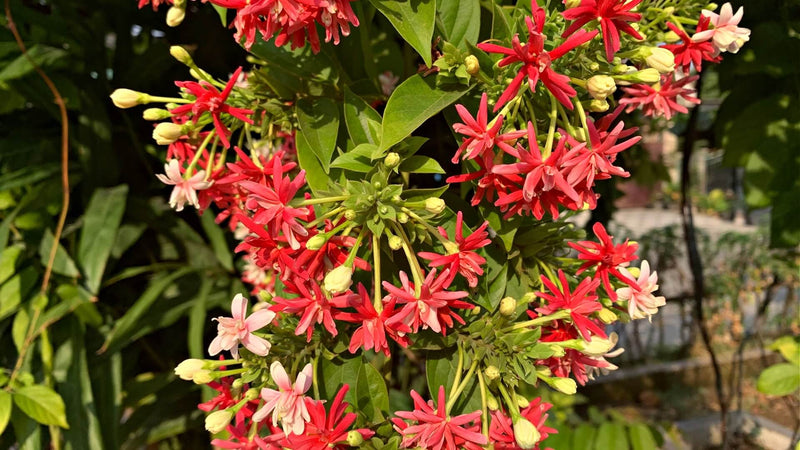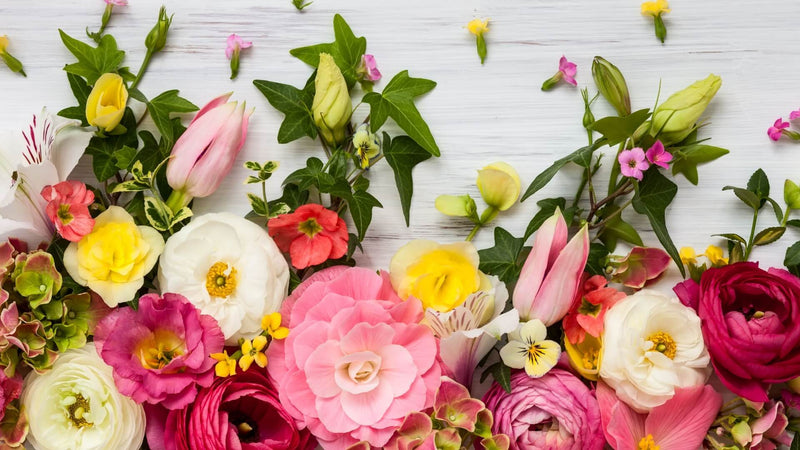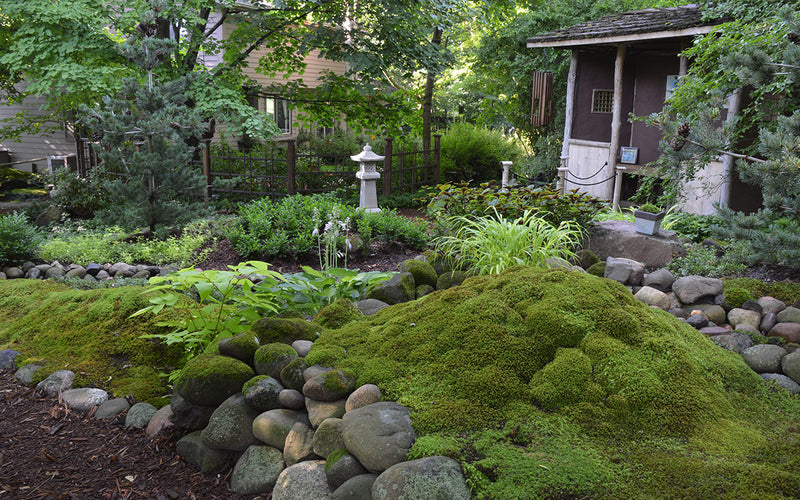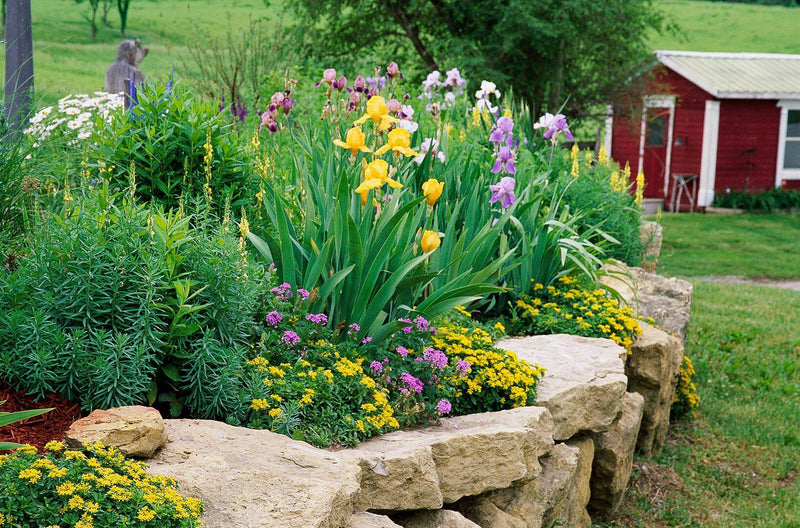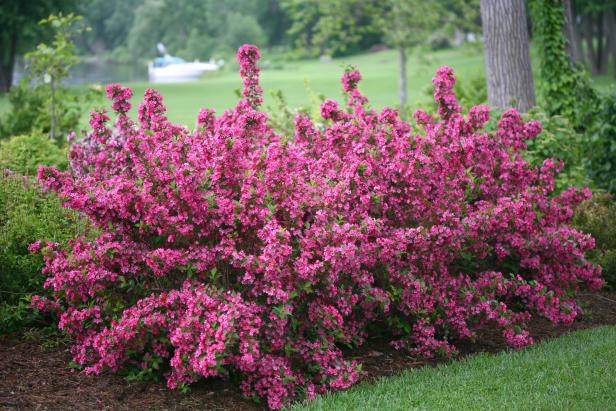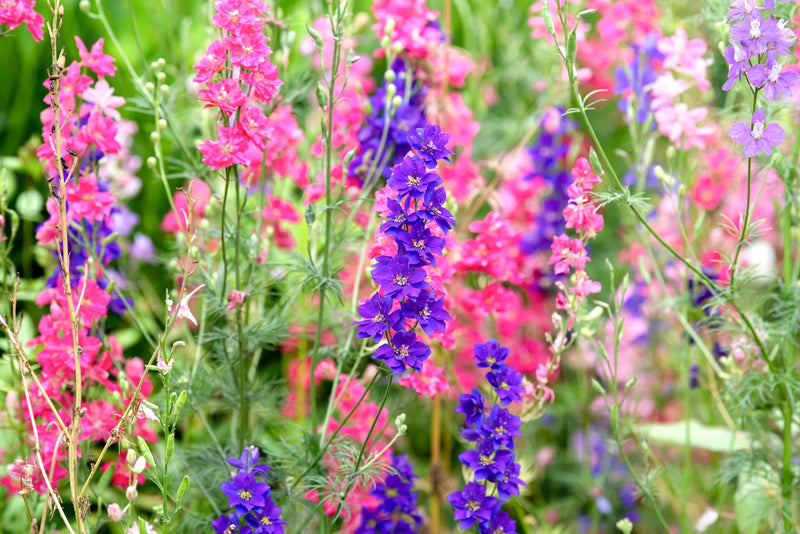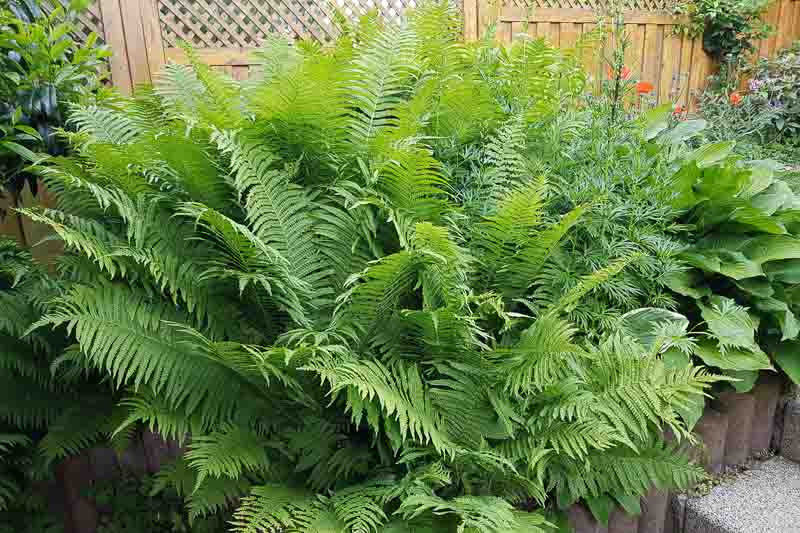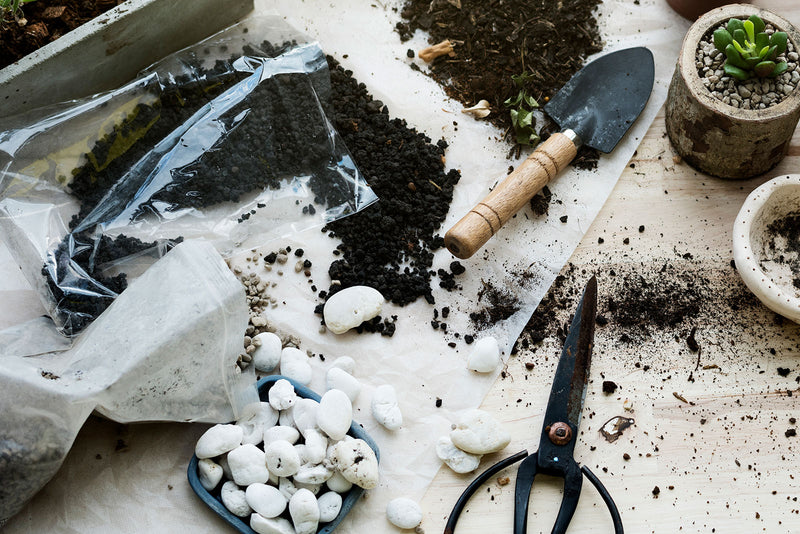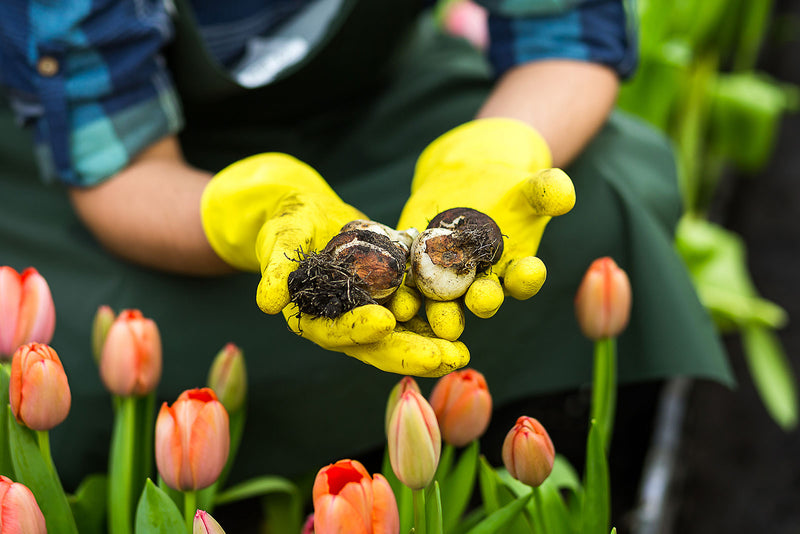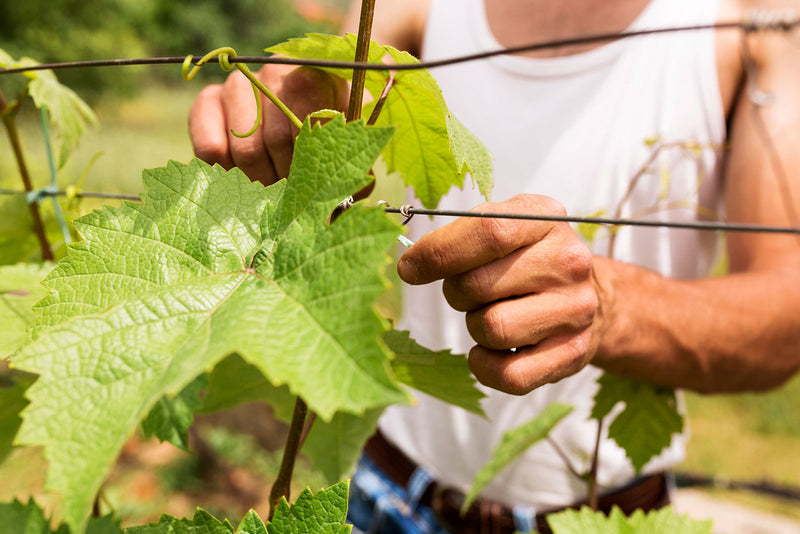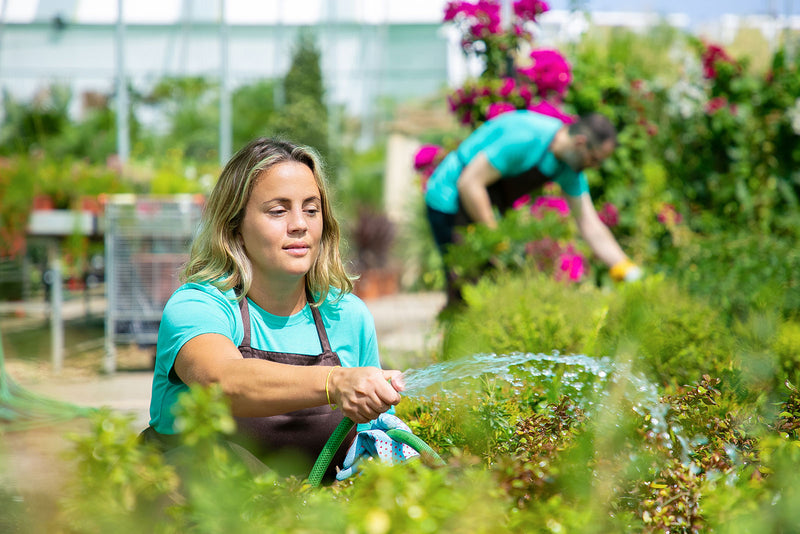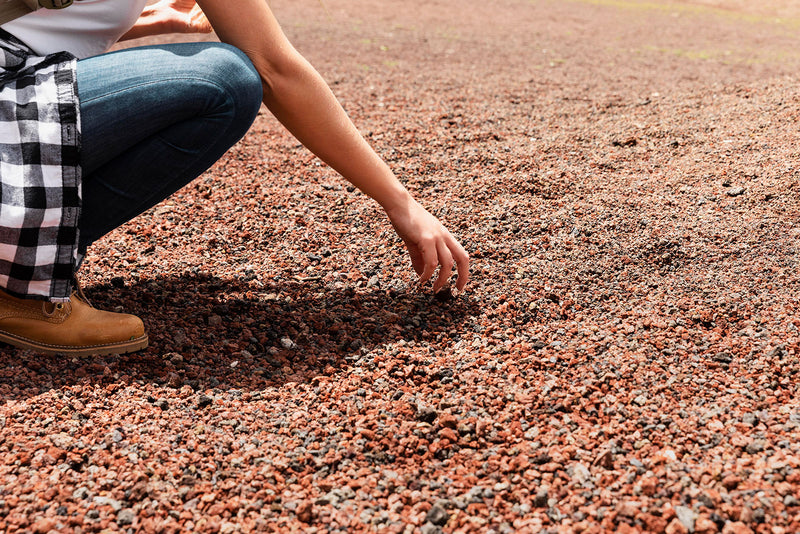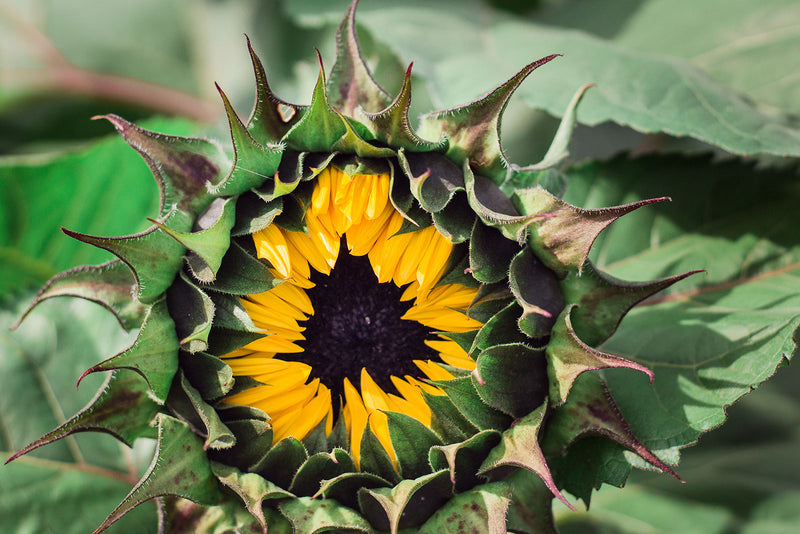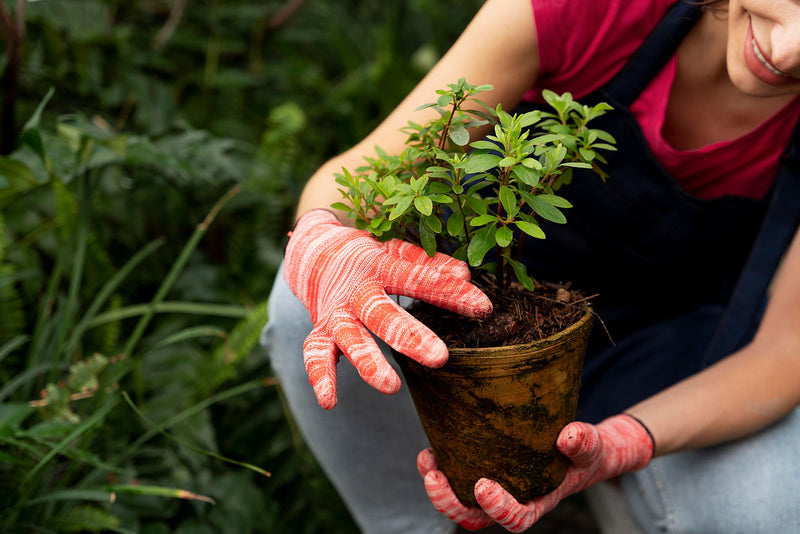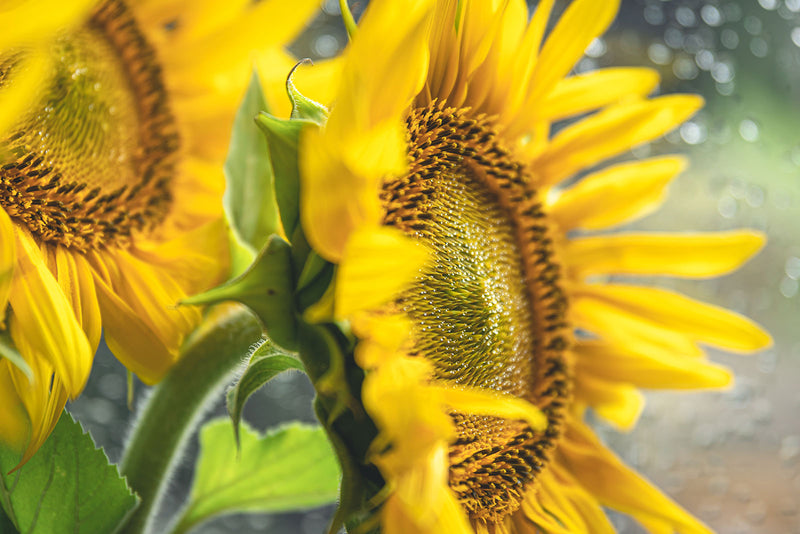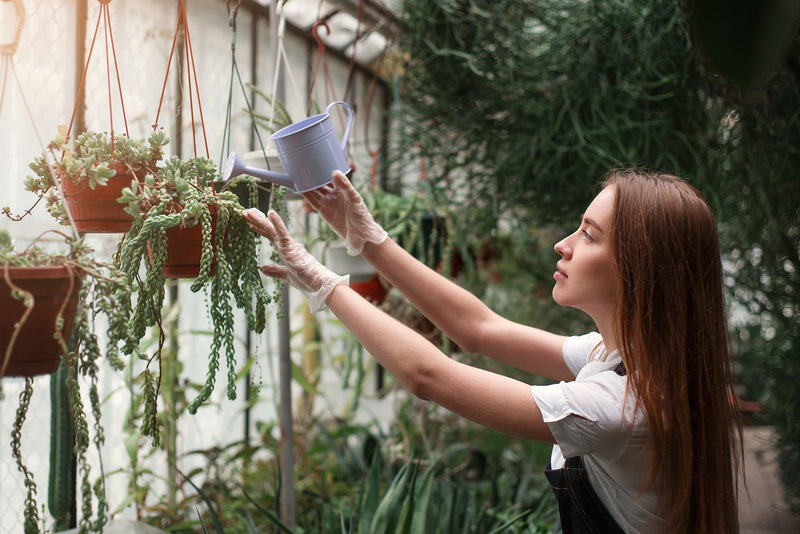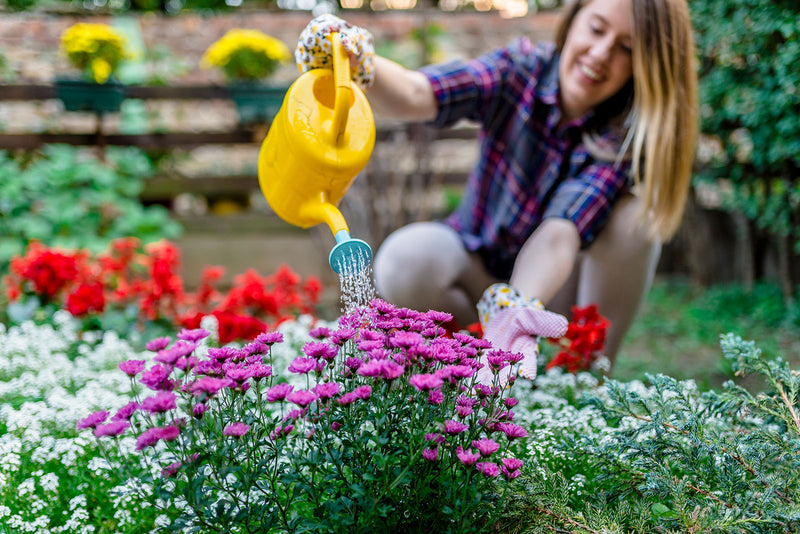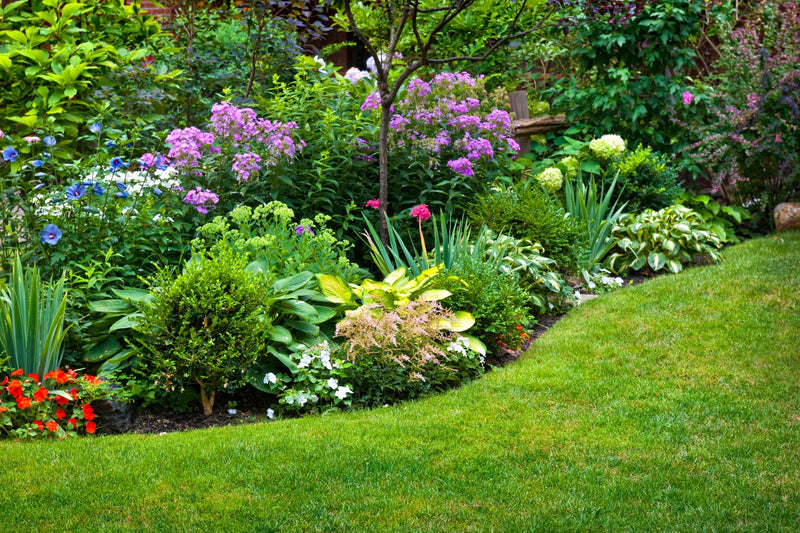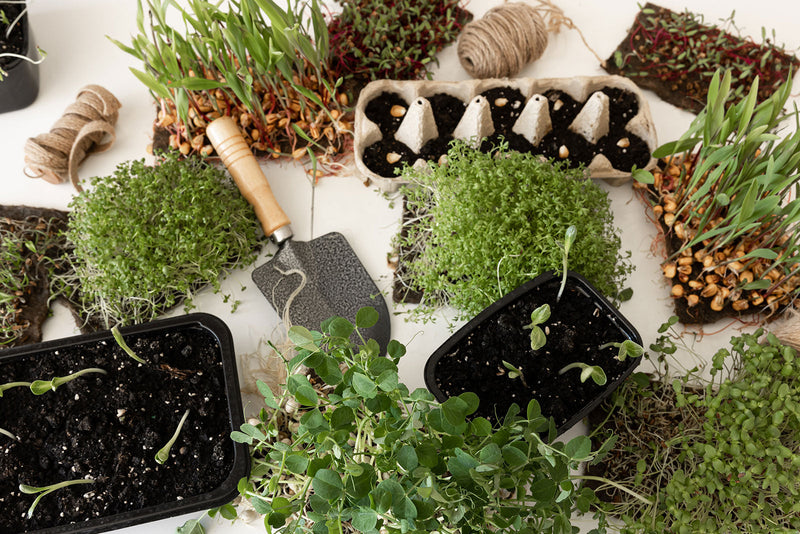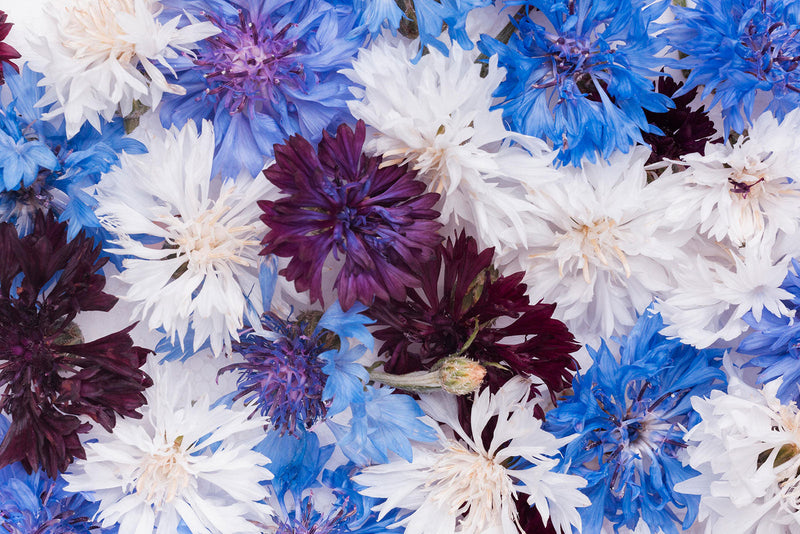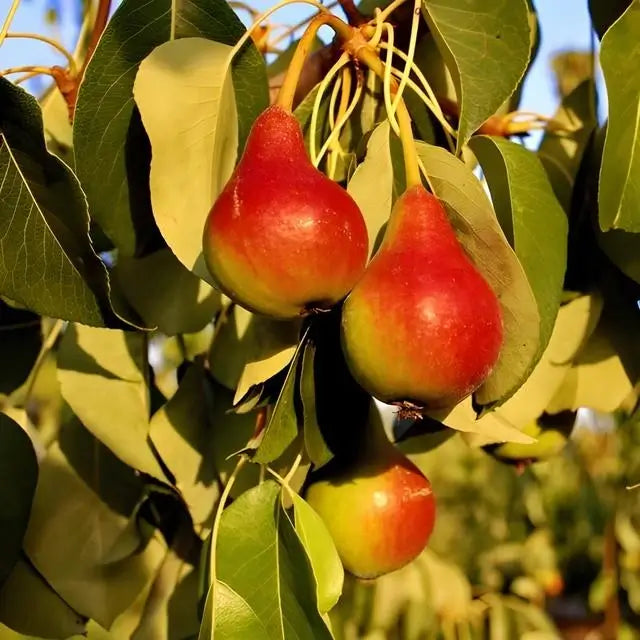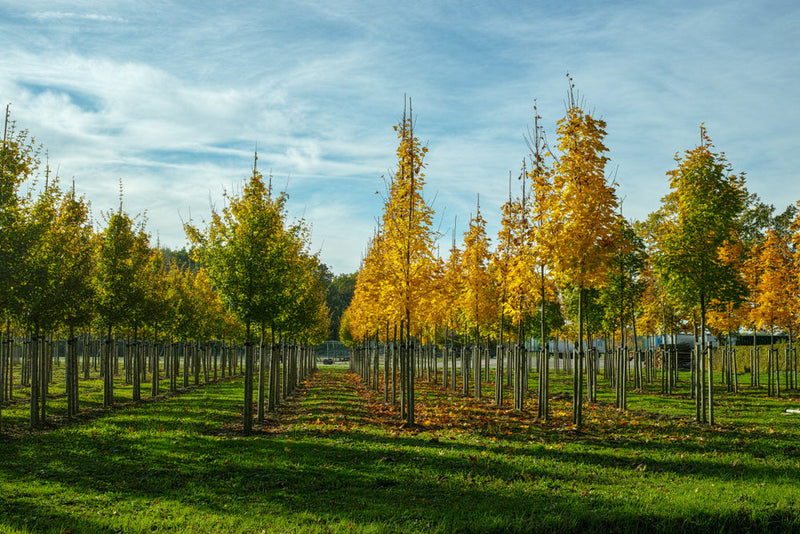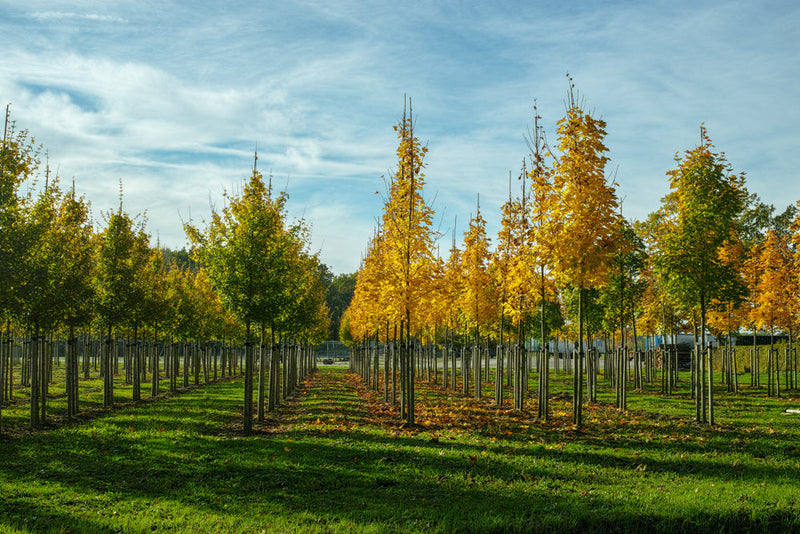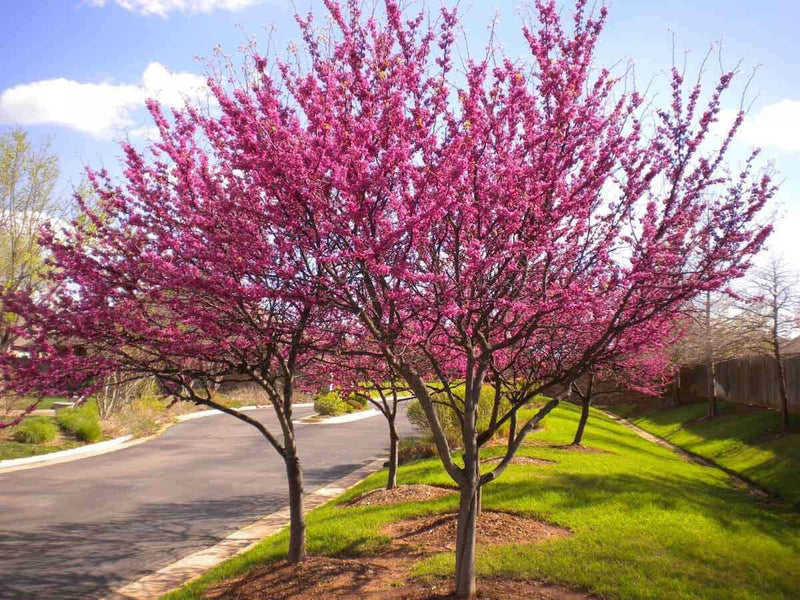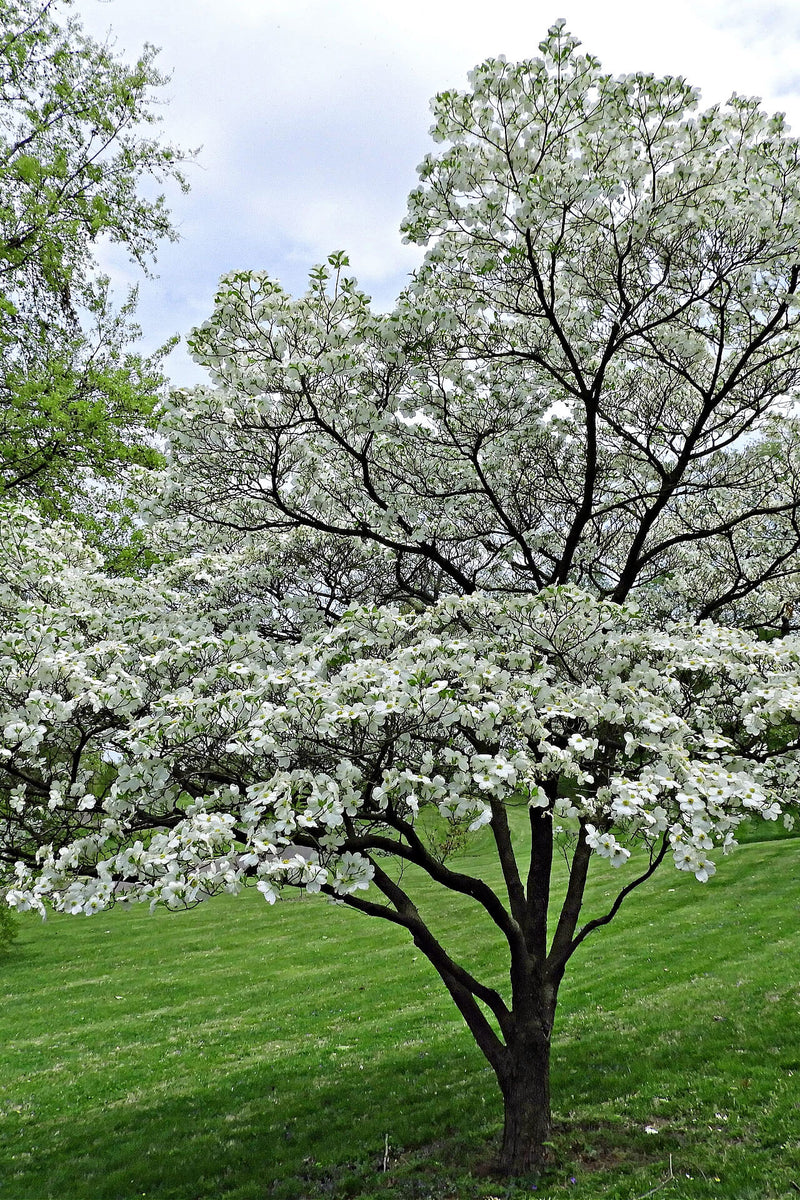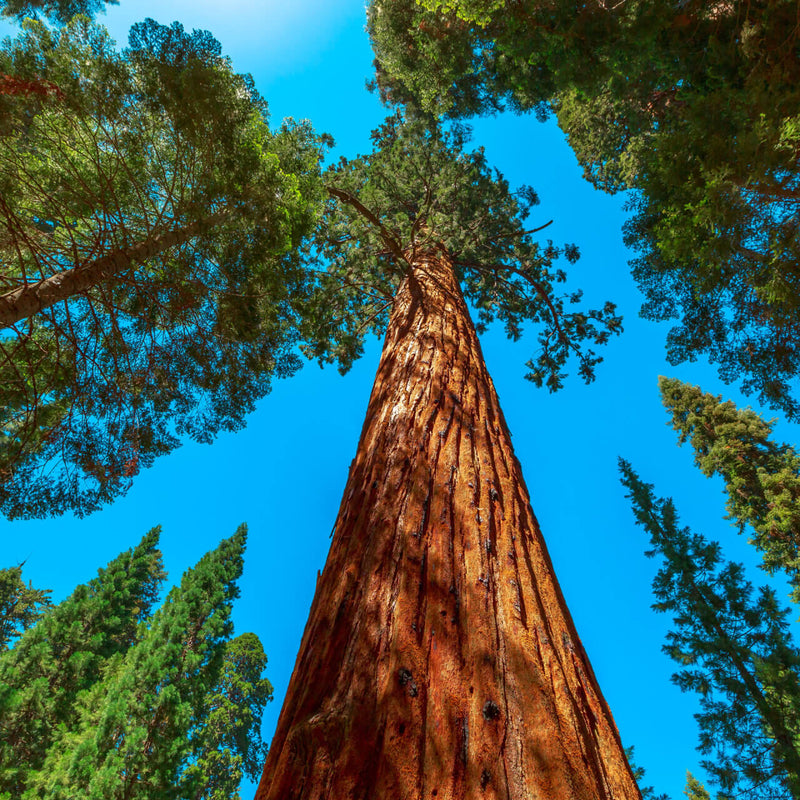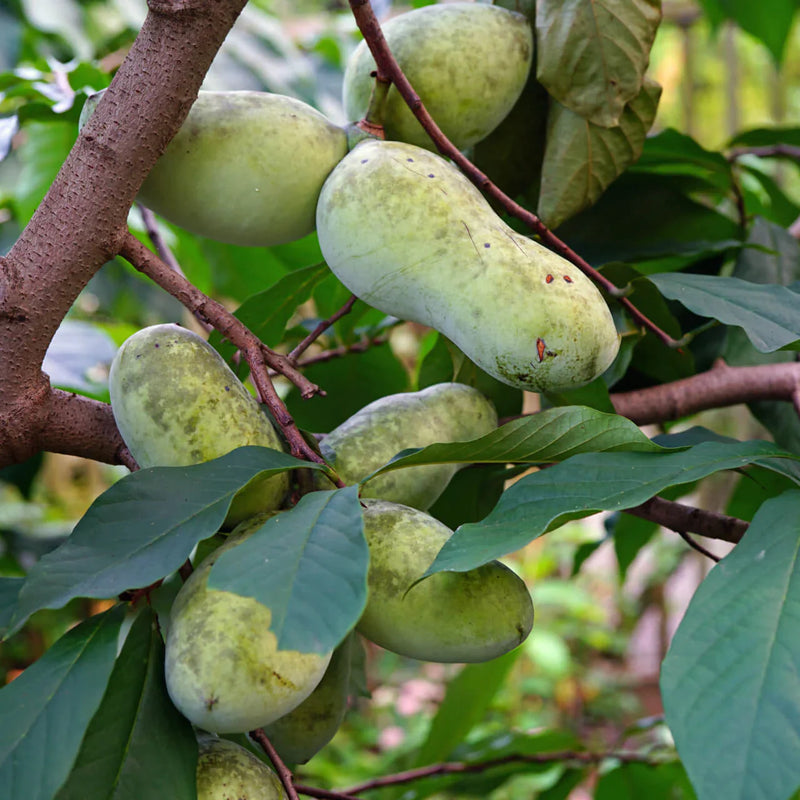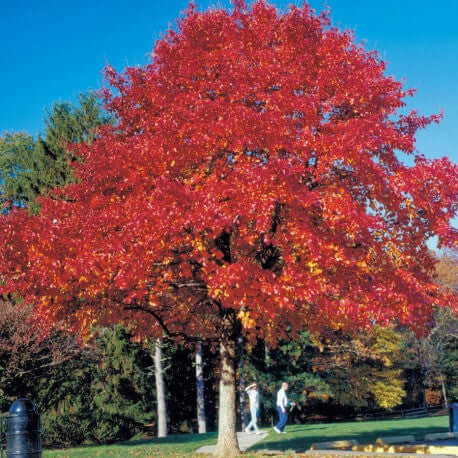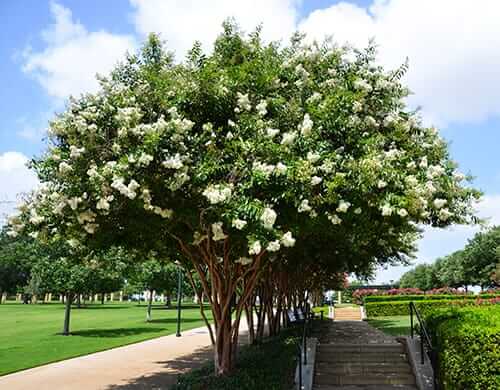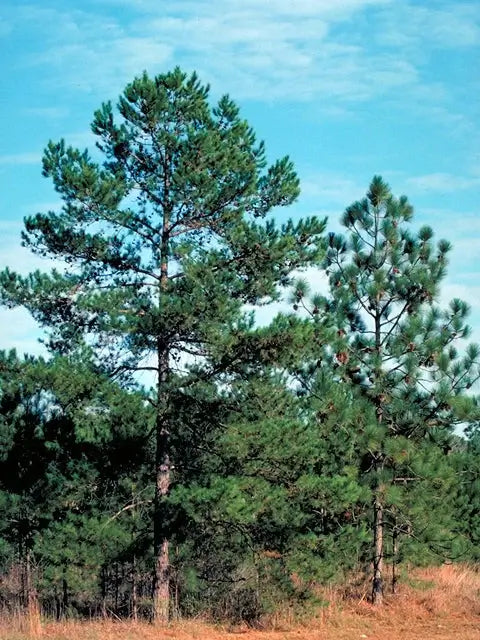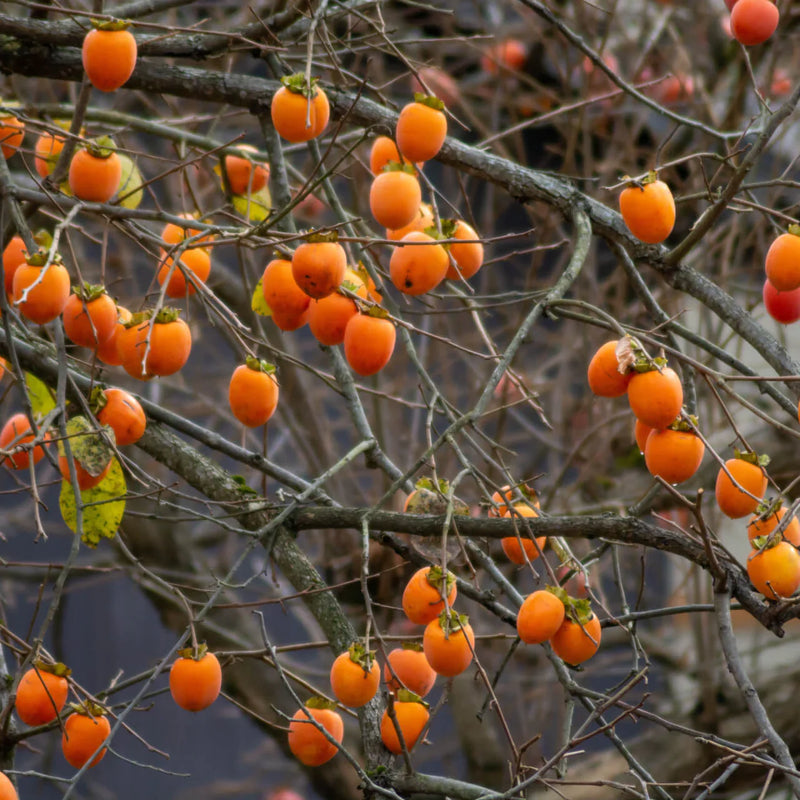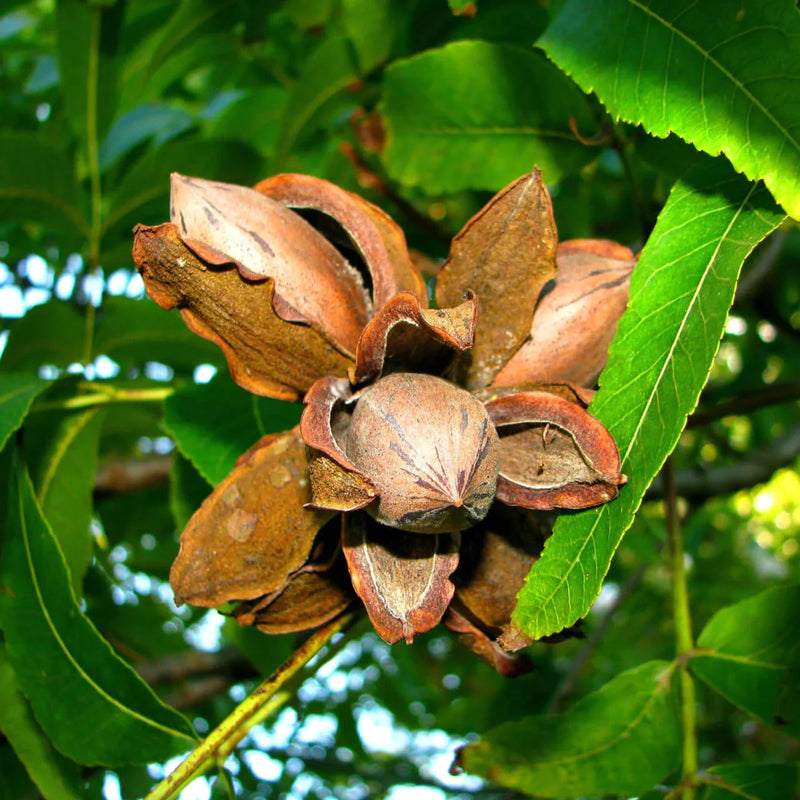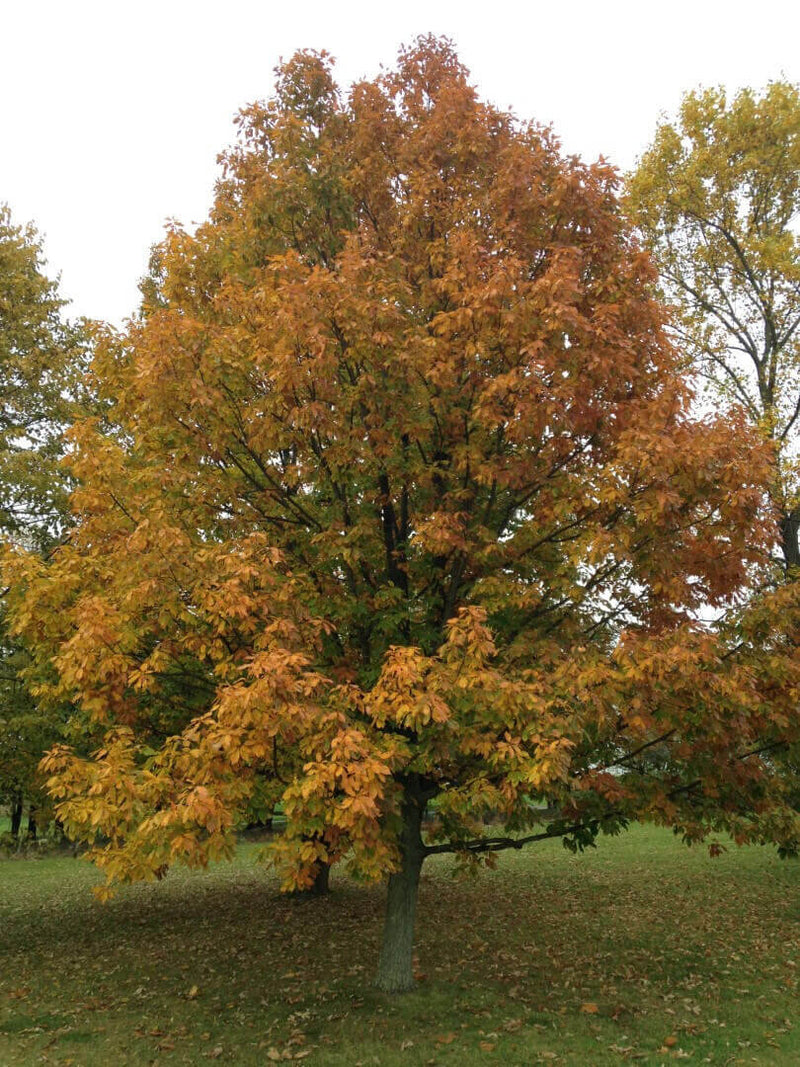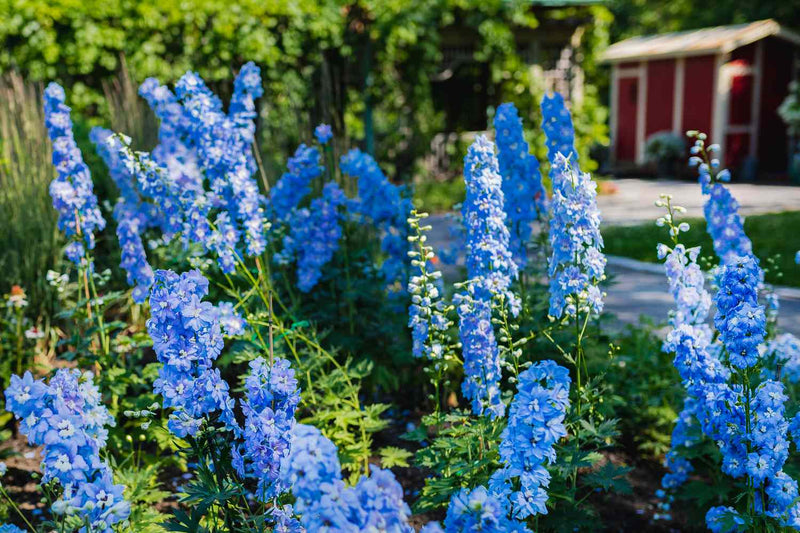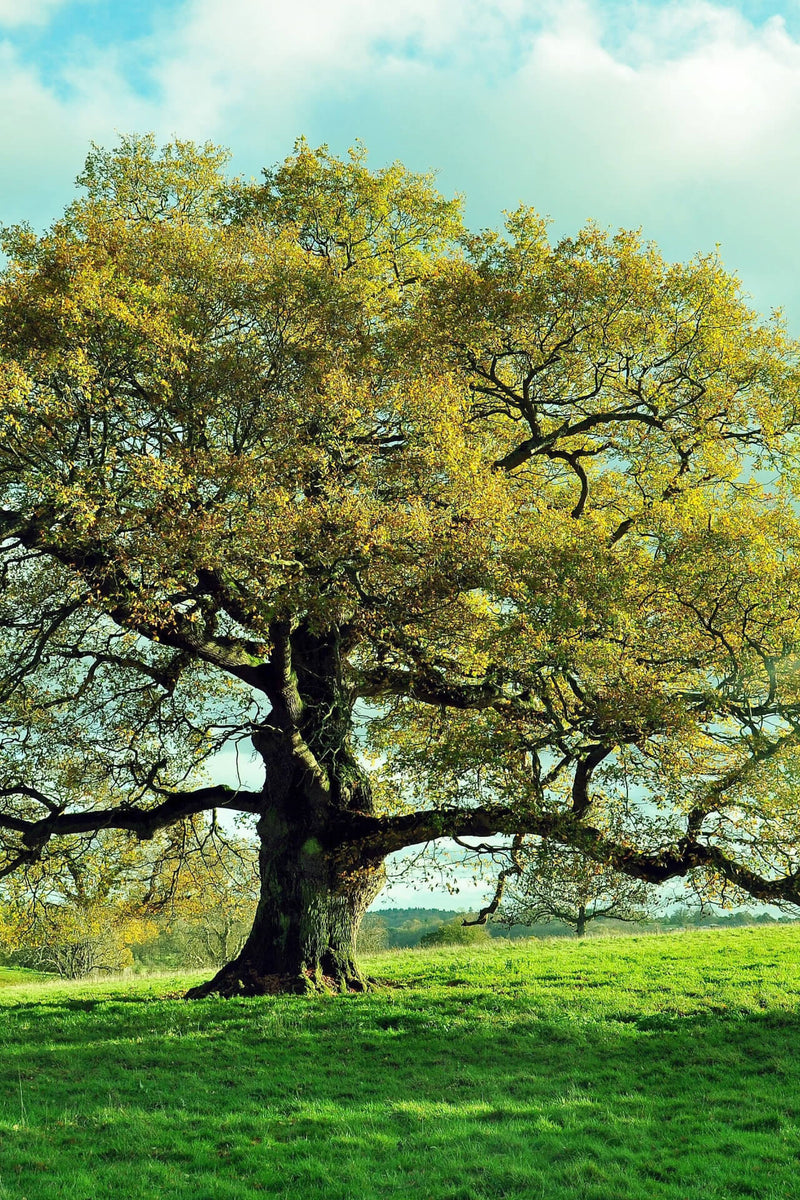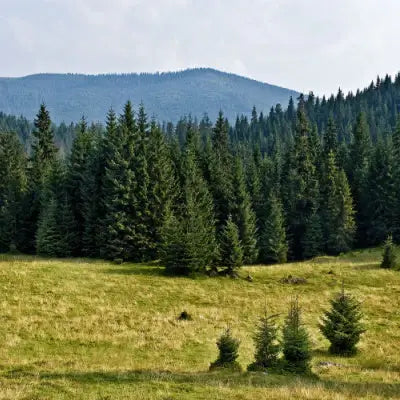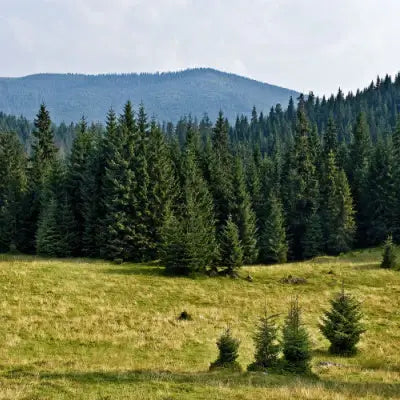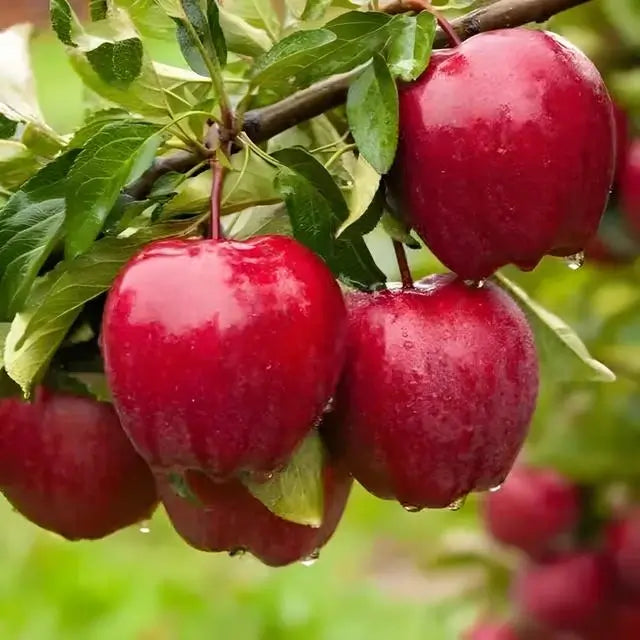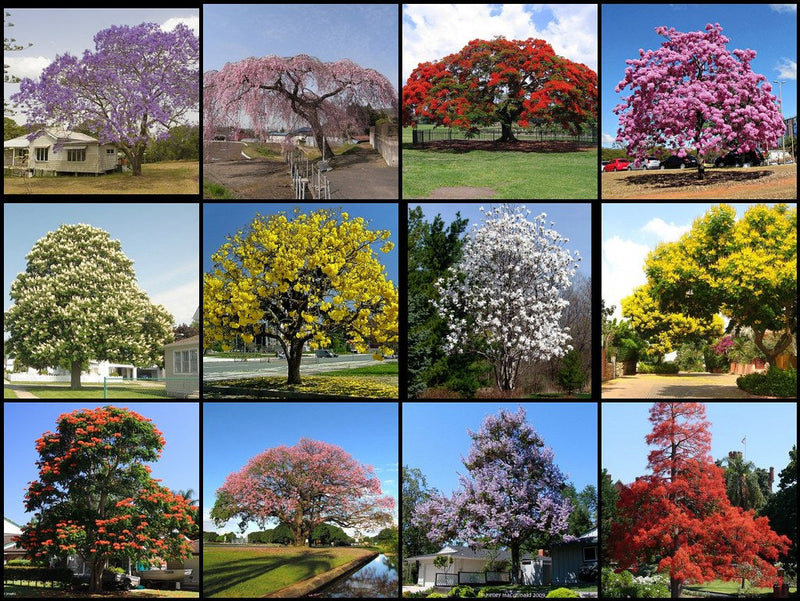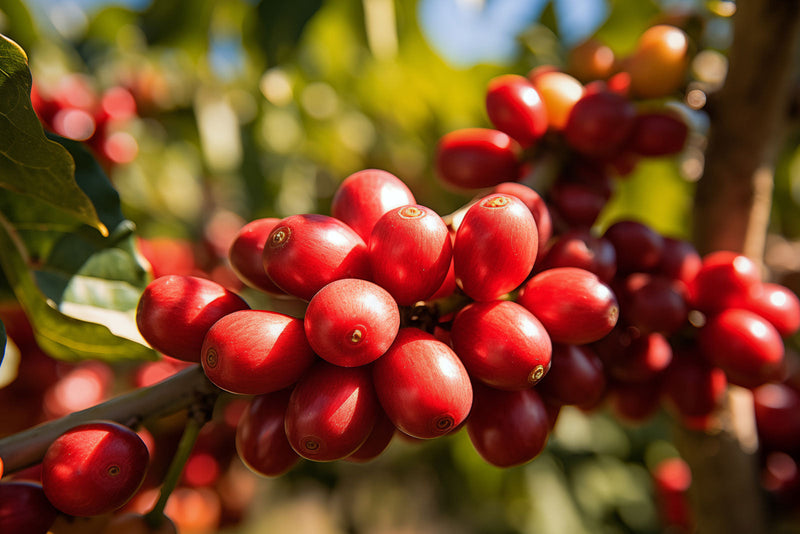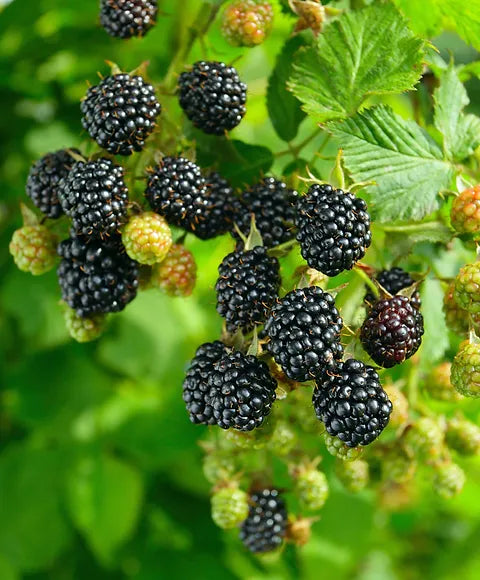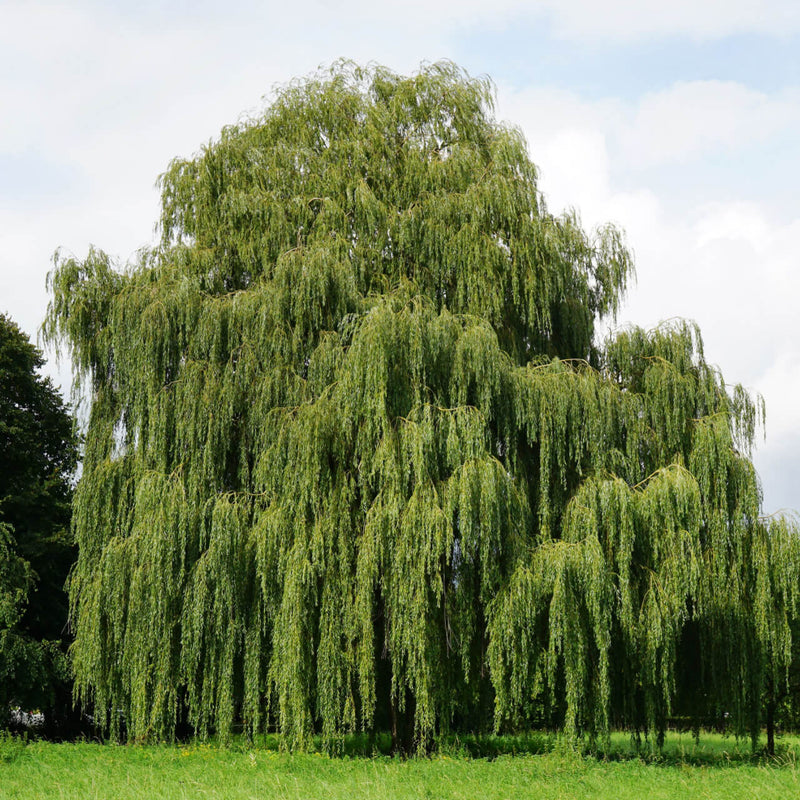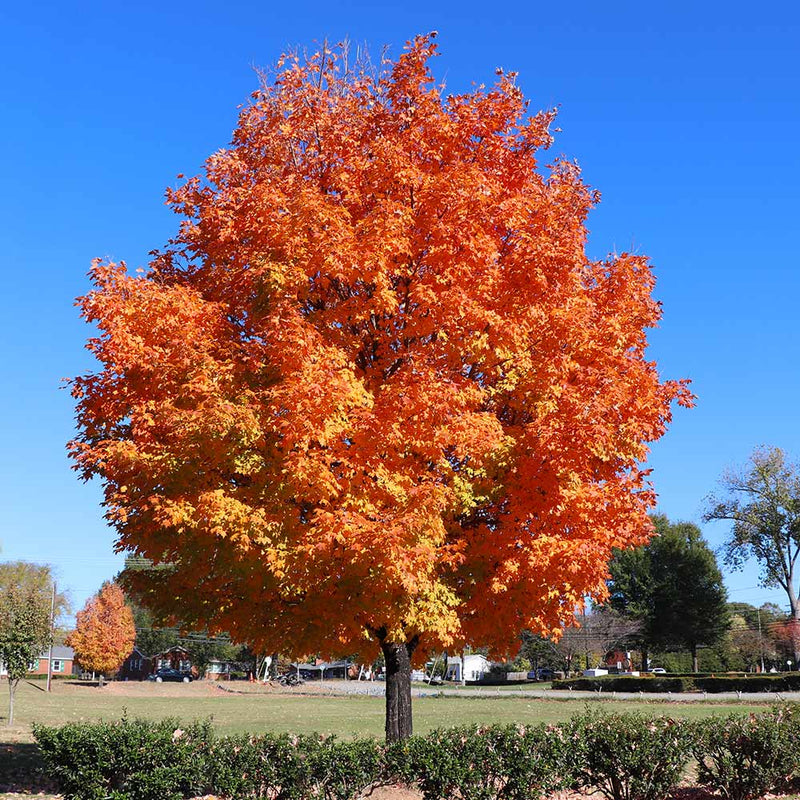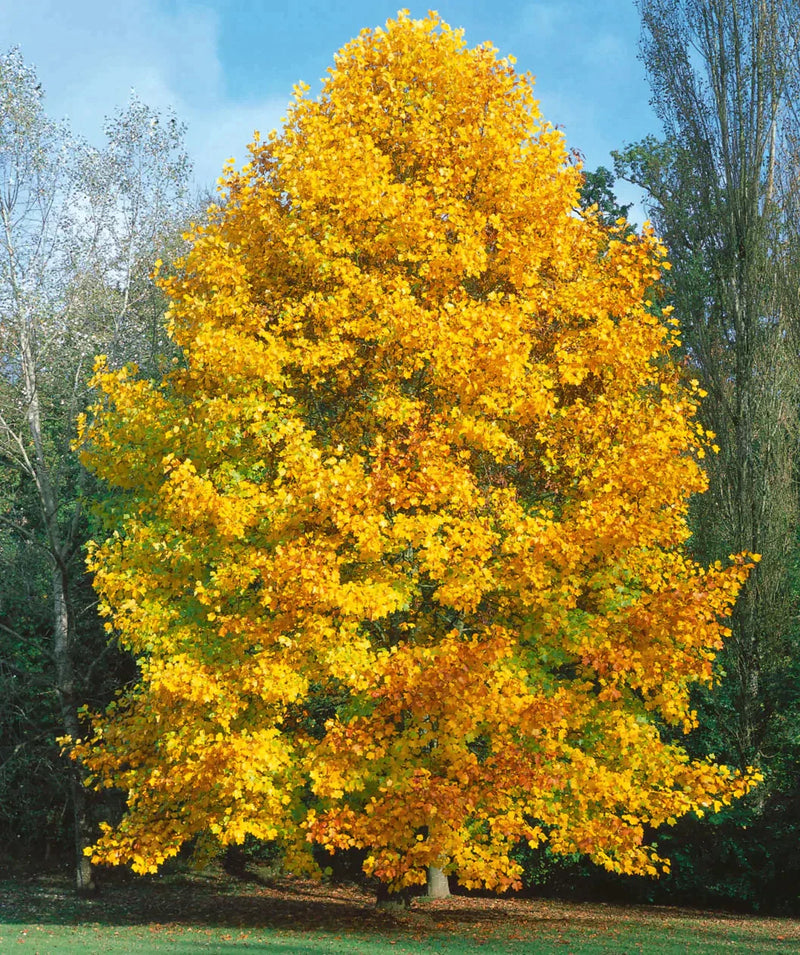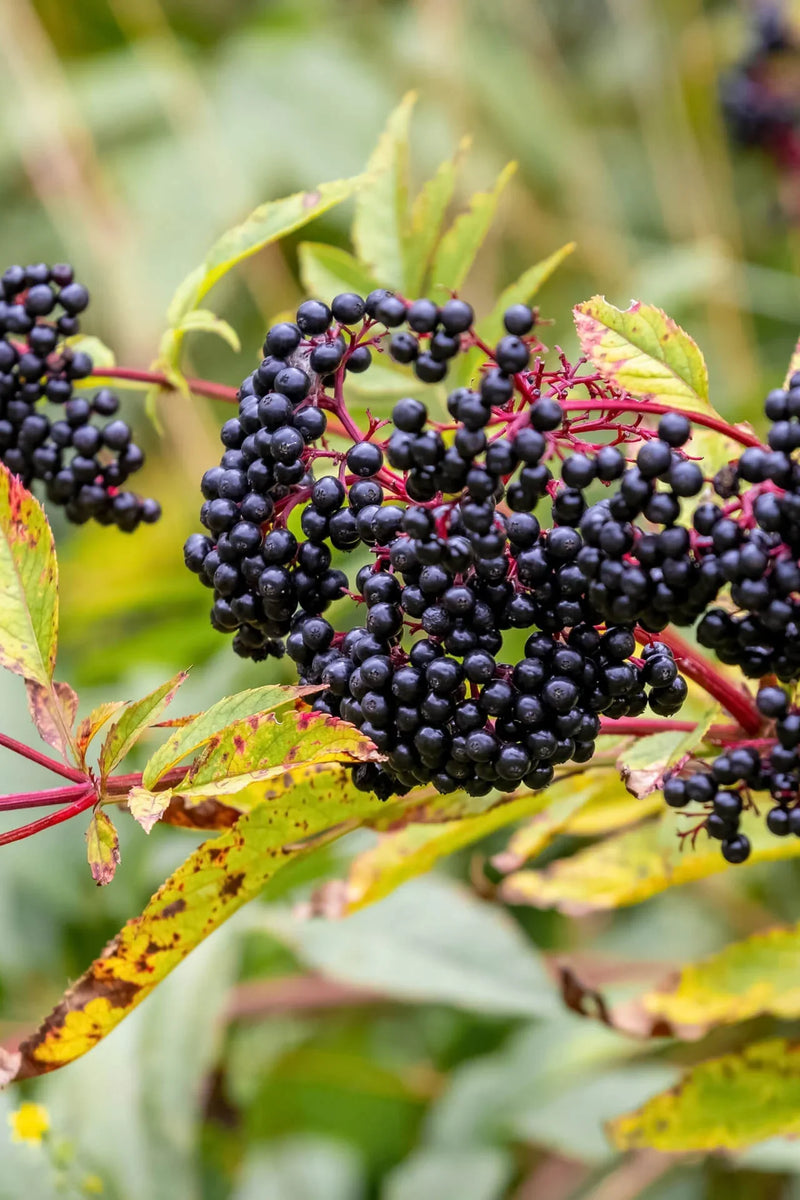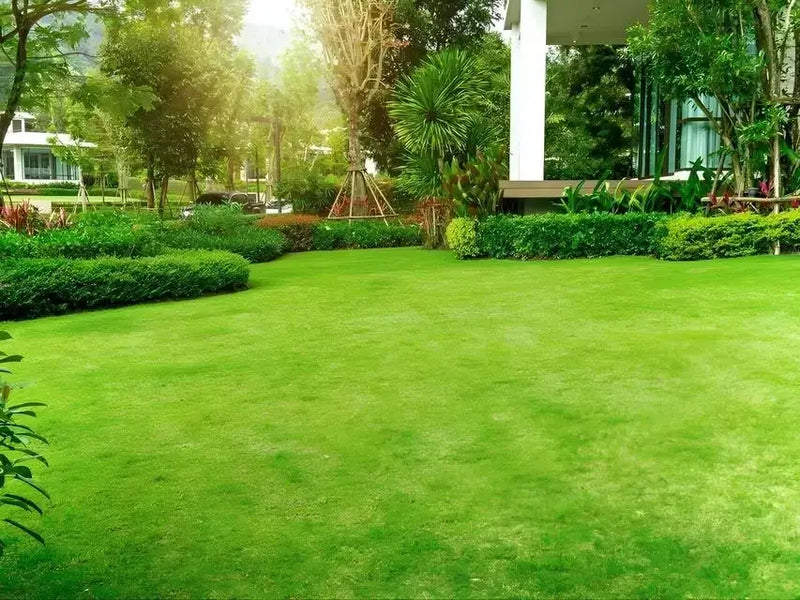10 Native Plants for Ecological Resilience
Native plant restoration is crucial in enhancing the health and biodiversity of ecosystems impacted by human activities such as urbanization, agriculture, and deforestation. These plants are adapted to the local environment, providing a range of benefits, including habitat for wildlife, erosion control, soil stabilization, and water filtration. This article will explore ten native restoration plants essential for rebuilding and preserving ecosystems, ensuring their ecological resilience and long-term sustainability.
1. Milkweed (Asclepias spp.)Milkweed is well-known for its role in supporting monarch butterfly populations. Monarch caterpillars exclusively feed on milkweed, making it an indispensable plant for their survival. Besides benefiting monarchs, milkweed also supports a variety of other pollinators, making it a cornerstone of pollinator-friendly landscapes.
2. Switchgrass (Panicum virgatum) Switchgrass is a native grass species with a remarkable ability to stabilize soil and prevent erosion. Its extensive root system holds the ground together, making it particularly useful for restoring areas with degraded soils, such as abandoned agricultural lands. Switchgrass also provides habitat for various insects and small animals.
3. Eastern Redcedar (Juniperus virginiana) The Eastern Redcedar is a hardy, evergreen tree that thrives in diverse environments. It is essential for restoring poor soil quality, as it is adaptable to different soil types. Additionally, its dense foliage provides shelter for birds and other wildlife, contributing to the overall ecosystem health.
4. Black-eyed Susan (Rudbeckia hirta) Black-eyed Susan is a vibrant flowering plant that adds color and beauty to restored landscapes. Beyond its visual appeal, it attracts pollinators like bees and butterflies.
5. Bald Cypress (Taxodium distichum) The Bald Cypress is a wetland-loving tree excellent for restoring riparian zones and wetland ecosystems. It helps regulate water levels, filter pollutants, and provide habitat for waterfowl and aquatic species. The "knees" that protrude from the roots of the tree help oxygenate the saturated soils of its native habitat.
6. Big Bluestem (Andropogon gerardii) Another native grass species, Big Bluestem, is a significant component of tallgrass prairies. Its deep roots improve soil structure, making it useful for soil stabilization and erosion control. Moreover, it offers habitat and food sources for birds and small mammals, contributing to the overall biodiversity of restored areas.
7. Red Osier Dogwood (Cornus sericea) Red Osier Dogwood is a shrub often found in wetlands and riparian zones. Its bright red branches add visual interest year-round, and it serves a vital role in preventing streambank erosion. The shrub's berries provide food for birds during colder months, making it a valuable plant for wildlife conservation.
8. Wild Bergamot (Monarda fistulosa) Wild Bergamot, or Bee Balm, is a native flowering plant that attracts various pollinators. Its aromatic leaves contain compounds that make it resistant to deer browsing, making it a durable choice for restoration projects in areas with high herbivore pressure. It's also used in traditional herbal medicine.
9. Rocky Mountain Penstemon (Penstemon strictus) Native to the western United States, Rocky Mountain Penstemon is well-suited for dry, rocky soils. Its showy purple flowers are visually appealing and attract pollinators like bees. This plant's ability to thrive in challenging conditions makes it an asset in restoring arid landscapes.
10. White Oak (Quercus alba) White Oak is a majestic tree with a broad ecological impact. Its acorns are a food source for numerous wildlife species, and its dense canopy provides shade and habitat. White Oak's deep roots help prevent soil erosion and support a diverse community of insects, fungi, and mammals.In an era marked by rapid urbanization, industrialization, and climate change, the importance of preserving and restoring natural ecosystems cannot be overstated.
Ecosystems provide many benefits, including clean air and water, climate regulation, biodiversity preservation, and recreational opportunities
However, many ecosystems have been degraded or destroyed due to human activities. One practical and sustainable approach to ecosystem restoration is using native plants.
Native plants naturally occur in a specific region, having evolved over thousands of years to adapt to the local climate, soil conditions, and wildlife interactions. They play a crucial role in maintaining the balance and functionality of ecosystems. When introduced into degraded areas, native plants can initiate a cascade of positive effects contributing to ecosystem recovery. Native plants provide essential food sources and habitats for insects, birds, and other animals that have coevolved with them. It, in turn, supports the entire food chain, from insects to larger predators.
Non-native plants often lack these intricate relationships and can disrupt an ecosystem's delicate web of interactions. Additionally, native plants are well-suited to the local environment, requiring minimal maintenance once established. They have adapted to their region's specific soil and climate conditions, making them more resilient to droughts, floods, and other extreme events. This adaptability reduces the need for extensive irrigation, fertilization, and pest control measures, often necessary for non-native species. In the realm of water management, native plants offer significant benefits.
Moreover, these root systems increase soil permeability, allowing rainwater to infiltrate the ground and recharge groundwater supplies. This natural water management system helps mitigate the impacts of floods and droughts while improving water quality by filtering pollutants. When restoring ecosystems using native plants, careful consideration of plant selection and site preparation is paramount.
Restoration practitioners must identify plant species well-suited to the specific ecosystem, considering soil type, sunlight availability, and hydrological conditions. Using local seed sources or nursery-grown plants from nearby regions can enhance the genetic diversity and resilience of the restored ecosystem. Successful ecosystem restoration with native plants often requires a long-term perspective. Unlike quick-fix solutions, these projects may take several years to develop and display their benefits entirely. Patience is vital as native plants gradually establish themselves, create habitat niches, and attract diverse wildlife.
Community involvement is also crucial for the success of native plant restoration projects
Engaging residents, schools, and community groups in planting and caring for native vegetation fosters a sense of stewardship and connection to the restored ecosystem. It educates people about the importance of native plants and their role in maintaining healthy ecosystems.
In conclusion, restoring ecosystems through native plants is a robust and sustainable approach to counteracting the impacts of human activities on the environment. Native plants contribute to biodiversity conservation, soil stabilization, water management, and wildlife habitat restoration. By mimicking nature's processes and relying on the resilience of locally adapted species, we can heal the wounds inflicted on our ecosystems and ensure a more balanced and vibrant natural world for future generations.
However, successful restoration requires collaboration, careful planning, and a commitment to long-term monitoring and maintenance. Conclusion Restoring ecosystems through native plants is critical to preserving biodiversity and fostering ecological resilience.
Each of the ten native plants mentioned above contributes uniquely to the health and functionality of ecosystems, whether by supporting pollinators, preventing erosion, providing habitat, or enhancing soil quality. By incorporating these plants into restoration efforts, we play a role in safeguarding the natural world for current and future generations.

